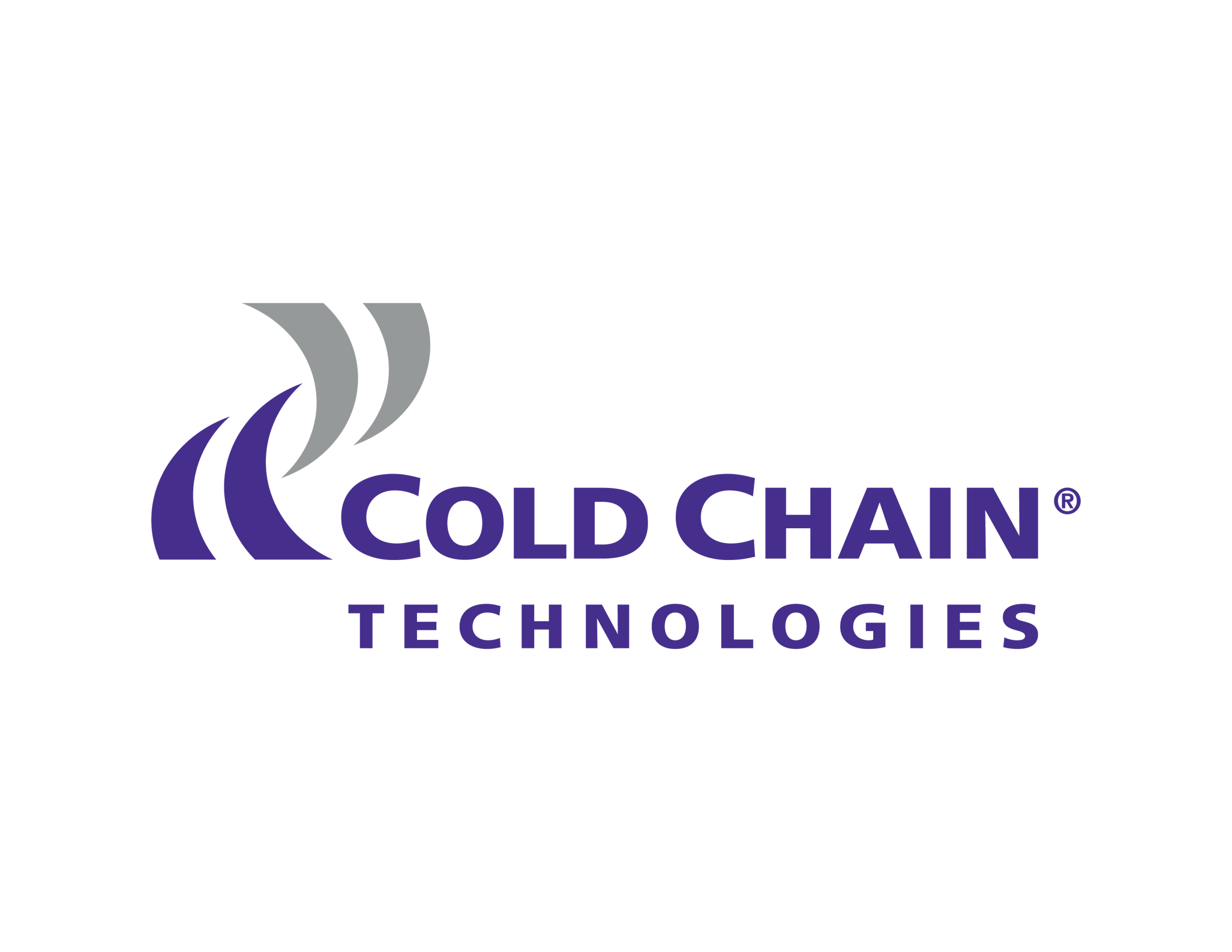Learn the facts on sustainable eco-friendly cold chain packaging
Sustainable cold chain packaging is reusable, recyclable, eco-friendly thermal packaging, and it is key to delivering on your sustainability goals and promises.
Sustainable packaging is the packaging your consumers want and expect to see when they receive your cold chain products. No longer a nice-to-have or feature – sustainable cold chain packaging is a must-have.
Just a few years ago, reduce, reuse, recycle was a catchy slogan.
Now, thanks to the glaring impacts of climate change, same-day delivery packaging, an increase in direct-to-consumer purchasing models, government and legal regulations, and the global pandemic – people clearly see the impacts of over-packaging and the persistent use of packaging that cannot be recycled, reused, or repurposed.
“79% of consumers are changing their purchase preferences based on social responsibility, inclusiveness, or environmental impact.
COVID-19 has increased consumer awareness and commitment to buying sustainably: 67% of consumers said that they will be more cautious about the scarcity of natural resources due to the COVID-19 crisis, and 65% said that they will be more mindful about the impacts of their overall consumption in the “new normal”.” (VendingMarketWatch)
Companies need to remember that consumers care about who they buy from and expect companies to do more than talk about sustainability. Lean initiatives, internal recycling programs, energy conservation, reusable solutions, and recyclable products should be part of every company’s sustainability plan.
Consumers expect it. Governments demand it. Your competitors are doing it. Using sustainable cold chain packaging is a must.
What is Sustainable Cold Chain Packaging?
Sustainable cold chain packaging is:
- Beneficial, safe, and healthy for individuals and communities throughout its life cycle
- Meets market criteria for both performance and cost
- Sourced, manufactured, transported, and recycled using renewable energy
- Optimizes the use of renewable or recycled source materials
- Manufactured using clean production technologies and best practices
- Made from materials that are healthy throughout the life cycle
- Physically designed to optimize materials and energy
- Effectively recovered and utilized in biological and/or industrial closed loop cycles
This definition from the Sustainable Packaging Coalition (SPC) can be used by companies when researching sustainable packaging options and packaging suppliers.
Sustainable Packaging and the Circular Economy
The circular economy is system that prioritizes reducing waste by keeping products, materials, and energy in the economic cycle for as long as possible.
Sustainable packaging is essential to the circular economy allowing companies and people to:
- Eliminate waste and pollution
- Reuse materials for as long as possible
- Reuse and repurpose packaging and then ultimately breaking the packaging down into its reusable and recyclable components
- Integrate lean initiatives through-out the entire supply chain
- Easily recycle, compost, and repurpose products, packaging, materials, and energy
“It is a resilient system that is good for business, people, and the environment.” (Ellen MacArthur Foundation)
Packaging as Part of Your Overall Sustainability Commitment
To be effective, your sustainability commitment must be incorporated into every aspect of your supply chain.
From head office corporate behaviors through to sourcing and manufacturing practices to the packaging you use for your cold chain products and the companies you partner with – sustainability must be a constant.
No longer a marketing strategy, sustainable packaging is an expectation from governments and your customers:
- EU Packaging Levy: for every kilogram of plastic packaging waste that is not recycled at the end of life, EU member states must contribute €0.80.
- UK Plastics Packaging Tax: taxes usage of plastic packaging that contains less than 30% recycled content. The UK tax may apply to companies who manufacture or import 10 or more tonnes of plastic packaging within a 12-month period.
- Globally, numerous countries, states, and cities are introducing regulations banning single use plastics, microbeads, the use and manufacturing of plastic bags, the use of specific plastics, and enforcing a reduction of greenhouse gas emissions.
- 86% of 15,000 surveyed European consumers aged 45 and under are willing to pay more for sustainable packaging. The same survey reveals that 68% consumers have recently chosen a product based on sustainability and 74% are interested in buying products in refillable packaging.
- European Packaging and Packaging Waste Directive: as of December 21, 2025, 65% of the weight of all packaging waste must be recycled – with a goal of 50% for plastic packaging. In 2030, these targets increase by 5%.
- A recent McKinsey report about packaging design and COVID-19, highlights how sustainability has become a new megatrend with consumers wanting to understand the entire environmental footprint of the products they’re buying.
Whether you sell direct-to-consumer home meal delivery kits or specialize in vaccines – your customers and regulatory organizations are asking questions about how your cold chain products are packaged, shipped, distributed, and stored.
5 Challenges with Sustainable Cold Chain Packaging
While it’s obvious that sustainable packaging is the right solution – making the switch to sustainable packaging is not simple.
When preparing to transition to eco-friendly and sustainable cold chain packaging, companies must acknowledge and have strategies in place for these 5 core challenges:
Cost:
designing, sourcing, manufacturing, purchasing, and distributing sustainable packaging can be expensive when compared to traditional EPS packaging.
Change:
at an executive level through to the design, manufacturing, and distribution levels, change is hard. And in fact, many companies fear change and the unknowns it brings – preferring to maintain the status quo, even when there are smarter solutions.
Trust:
cold chain packaging must protect your cold chain products. It can be challenging for companies and customers to trust new and potentially unproven cold chain packaging products and strategies.
Infrastructure:
while the packaging maybe recyclable, often communities and companies do not have the infrastructure to recycle this packaging. This is a real barrier when trying to convince B2C customers to buy from companies who say their packaging is 100% recyclable – but who cannot recycle this packaging in their community.
Availability:
sustainable cold chain packaging is still new – making it difficult for companies to buy, stock, and use consistently. This causes problems with supply chain efficiencies, cold chain management strategies, and customer trust and loyalty.
Sustainable Cold Chain Packaging Strategies
At its most simple, the best strategy for implementing and using sustainable cold chain packaging is the “just do it” strategy:
- In 2014 Prolacta Bioscience challenged Packaging Technology Group (PTG) to design a reusable shipper for the safe, temperature-controlled transport of breastmilk. In addition to a shipper designed to travel at a specific temperature in transit, Prolacta wanted a shipper which could be reused to minimize their environmental impact.
PTG engineers designed a custom EPP shipper that delivered on outstanding energy absorption, thermal insulation, multiple impact resistance, and is reusable for several years. Read more about the PTG reusable shipper
- EirGen Pharma develops and supplies high-potency specialty care medicines to patients in more than 50 countries. Cold Chain Technologies (CCT) engineers were asked by EirGen Pharma to convert its thermal EPS packaging to a more sustainable, earth-friendly solution.
Along with creating an earth-friendly solution, the goal was to not incur a sharp increase in pricing while minimizing the environmental impact. CCT engineers developed a custom solution based on our existing TRUEtemp Naturals shippers. These newly designed shippers allow EirGen to reach their carbon neutrality goals, decrease waste, and reduce overall spending on thermal packaging by 4%. Read more about how CCT developed a custom curbside, recyclable, and repulpable solution
- A major clinical supply chain solutions provider needed a cost-effective reusable shipping solution for the worldwide controlled-temperature distribution of temperature sensitive drugs.
In less than 1 year, CCT optimized and implemented a reusable VIP-PCM thermal packaging system to support these requirements. The EcoFlex Renew Program is an environmentally friendly reusable shipping system that supports multiple distribution models based on changing provider requirements and expectations. Read more about how CCT developed a reuse shipping system for the global delivery of temperature-sensitive products
To support this strategy of “just doing it” – companies need to step back and assess their cold chain management process:
- Where is the excess in your cold chain packaging?
- Why are you using the packaging you’re using? Is this legacy packaging?
- How was your thermal packaging designed?
- What does your data analytics tell you about the effectiveness of your cold supply chain?
- How are you using big data, IoT, blockchain, AI/ML, and other smart cold chain technologies to be more sustainable?
- What is your overall carbon footprint? How sustainable is your cold supply chain?
- When was the last time you researched sustainable packaging options?
- What feedback are you getting from your customers about sustainability and eco-friendly packaging, manufacturing, and distribution?
Examples of Sustainable Cold Chain Packaging
These examples of sustainable cold chain packaging innovations, products, and ideas have got us excited for the future of cold chain packaging:
- Biodegradable and compostable shippers and mailers made from recycle cotton.
- Plant-based plastic containers that can be reused, refilled, repurposed, and compostable.
- Polylactic acid (PLA) is made from sustainable resources such as sugarcane, cassava, and corn starch and is a possible material for sustainable pharmaceutical packaging.
- Polyethylene terephthalate (PET) made from sugarcane is being used to package and protect food, nutraceutical, and pharmaceutical cold chain products.
- Recycled polyethylene terephthalate (R-PET) is created when PET is recycled and can be reused in packaging materials, such as bubble wrap.
- Post consumer regrind or post consumer recycled resin (PCR) is made from recycled plastic and can be used to make packaging materials including containers, boxes, mailers, and films.
- Biodegradable plastic that decomposes when exposed to sunlight.
As these examples of sustainable cold chain packaging highlight – the future is bright for reusable, eco-friendly packaging.
However, the onus is on companies to demand more from packaging experts such as ourselves. Change is hard for everyone – for companies who need cold chain packaging and companies such as us who design and develop thermal packaging.
It’s time for the cold chain industry to lead by example – companies need to demand more from their cold chain packaging partners and packaging leaders need to drive the research and development of affordable and accessible sustainable thermal packaging.
Contact us to discuss sustainable cold chain packaging options and how you can transition to eco-friendly packaging that helps you maintain the integrity, safety, and quality of your cold chain products.
Sign up for Cold Chain Tech blog updates to learn how our team is leading the way with sustainable packaging.


